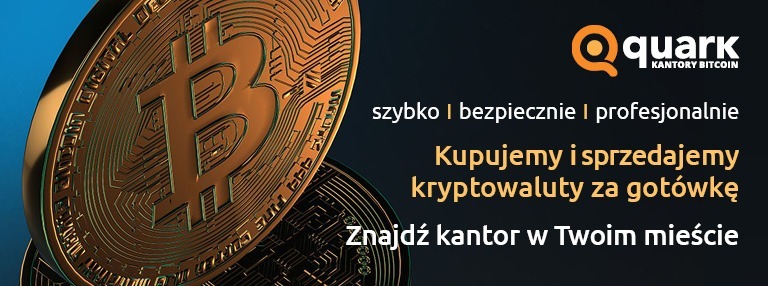
Recently, the cryptocurrency world was stirred by the news of Tether “minting” a billion USDT. However, things are not as they seem at first glance. Here’s a full explanation of the situation.
When the X platform posted information from Whale Alert about the “minting” of a billion USDT, many people wondered what really happened. Fortunately, Paolo Ardoino, CTO of Tether, quickly provided answers to these questions.
From his explanation, it appears that the mentioned billion USDT, although authorized, has not yet been issued (is not publicly available). These tokens were used to replenish the issuer’s wallet reserves on the Tron network. Ardoino further emphasized that these USDT will be used as “stock for future issuance requests and swaps between chains.”
Tron currently accounts for the majority of USDT in circulation. Over 43 billion USDT have already been authorized on this blockchain, although nearly 947 million of these tokens have not yet been issued. Transactions of this kind usually occur when a customer wants to conduct an exchange between chains for an amount exceeding the balance in the Tether wallet on the target blockchain.
After creating new tokens on the target blockchain, Tether either destroys an equal number of tokens on the original blockchain (to balance the number of tokens in circulation and its dollar equivalent) or keeps these tokens for future needs.
Tether is the largest stablecoin in the world in terms of market capitalization. It is available on many blockchains, such as Bitcoin, Ethereum, and Solana. Its main competitor is USDC, which supports 14 blockchains. Still, Tether remains dominant in the market. The current USDT turnover exceeds 83 billion compared to 26 billion for USDC.
As the rivalry between USDT and USDC grows, other stablecoins face challenges in the market. A recent report showed that PayPal’s PYUSD stablecoin experienced lower than expected adoption rates since its launch. Meanwhile, Paxos, the issuer of PYUSD, took another hit when Binance began the process of removing the BUSD stablecoin from its exchange.
The recent transaction in Tether reminded everyone of the ever-changing dynamics of the cryptocurrency market. It’s essential always to focus on facts, not just headlines. Tether remains an important player in the market, but the competition is not resting. Time will tell what future events will shape the landscape of this fascinating world.
Photo by DrawKit Illustrations on Unsplash
